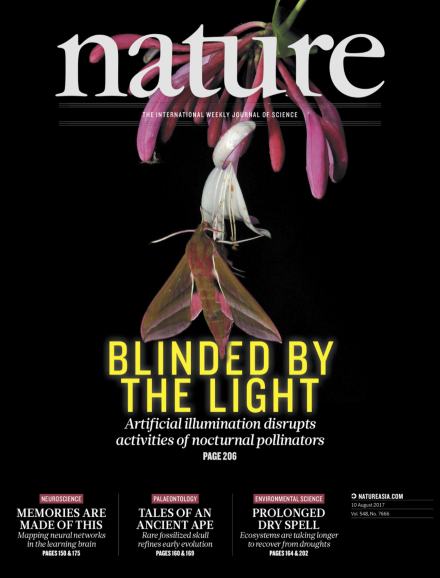Volume 548 Issue 7666, 10 August 2017
Editorial
World View
Seven Days
News
News Feature
Comment
Books & Arts
Correspondence
Correction
News & Views
-
Skull secrets of an ancient ape
Collection:
Article
Letter
Feature
Q&A
Futures
Brief Communications Arising
Nature Index
-
Connecting big ideas to benefit
Nature Index:
-
Charting influence
Nature Index:
-
Game-changers
Nature Index:
-
Comment: Measure for measure
Nature Index:
-
On the right track
Nature Index:
-
Trials and tribulations
Nature Index:
-
A guide to the Nature Index
Nature Index:

